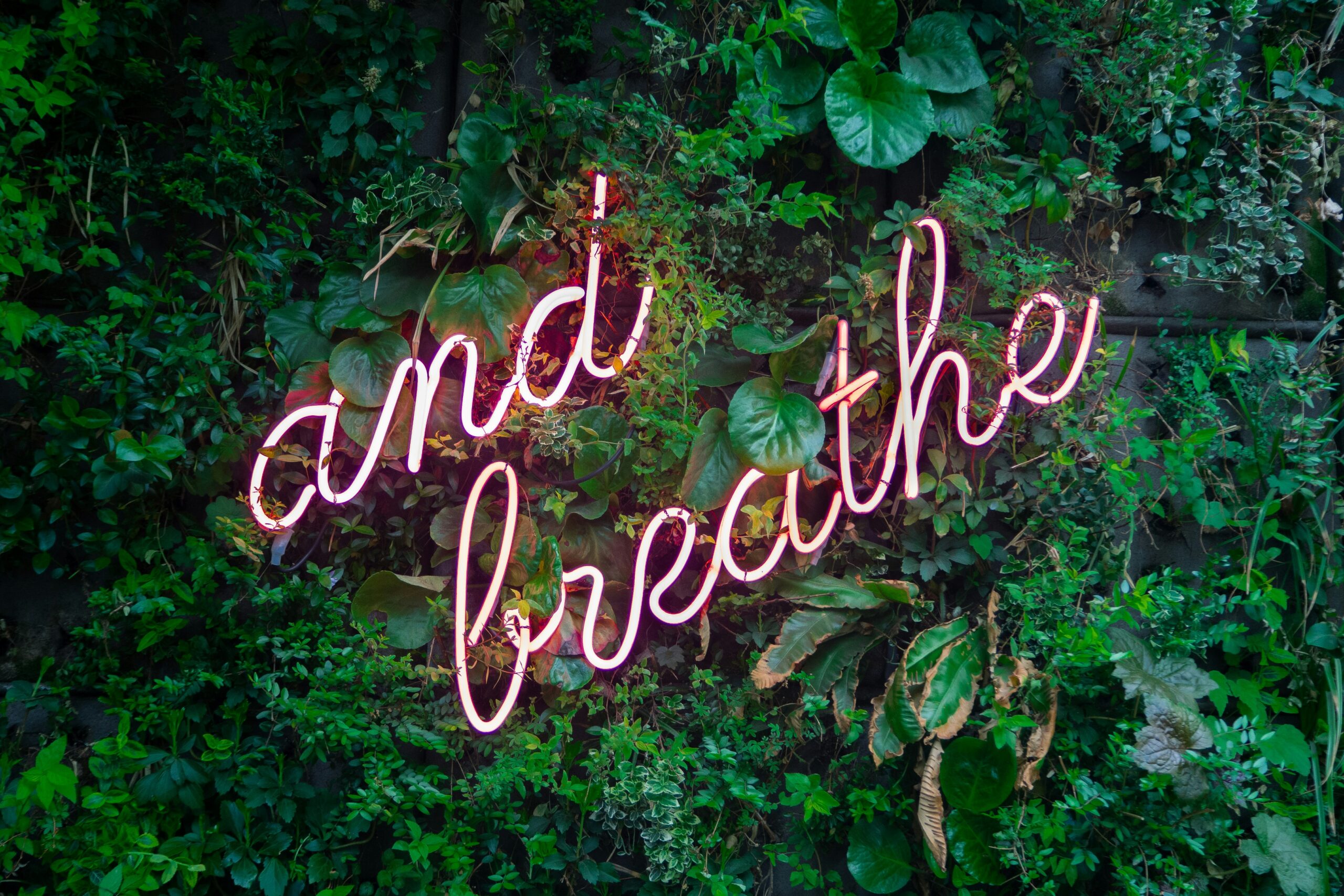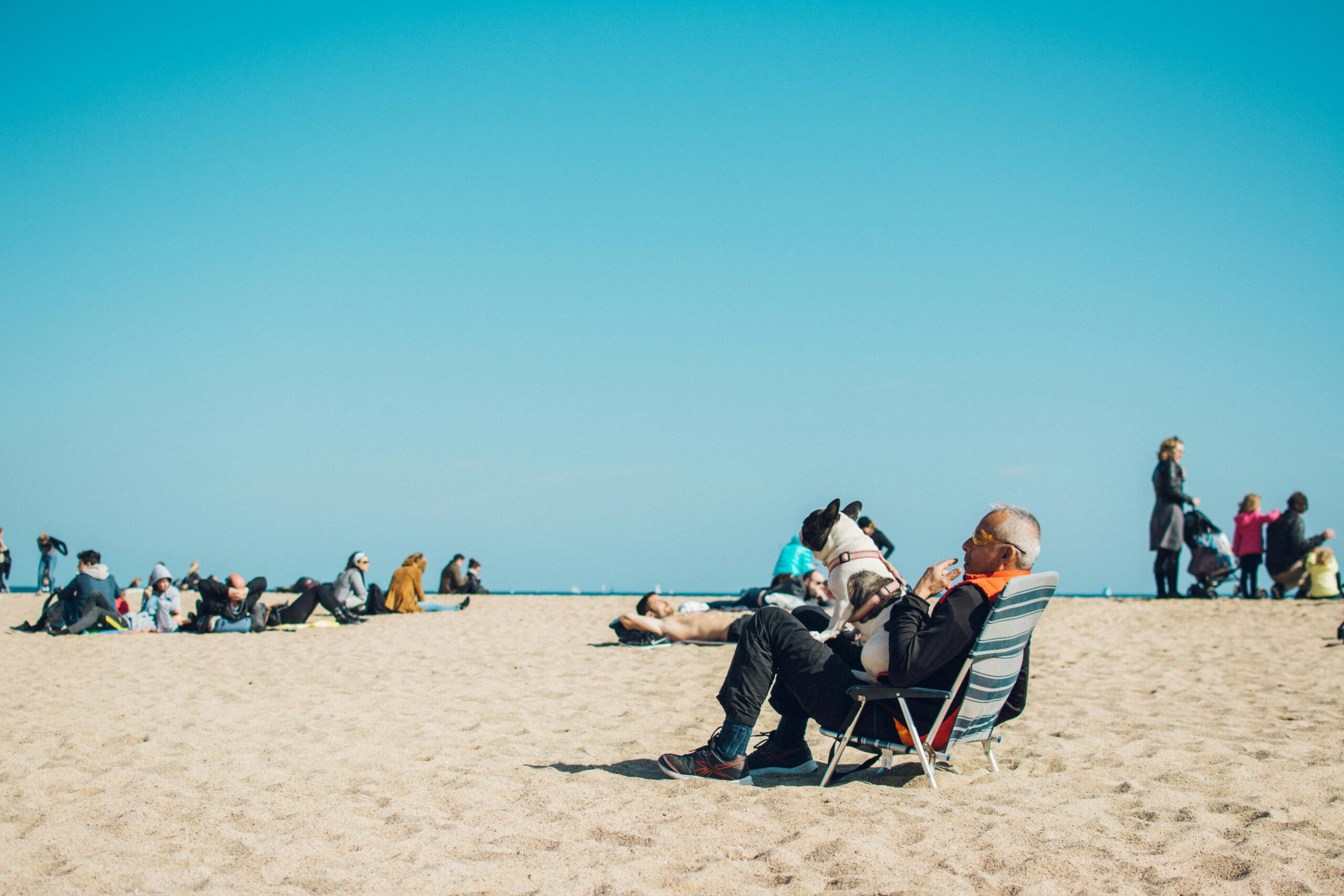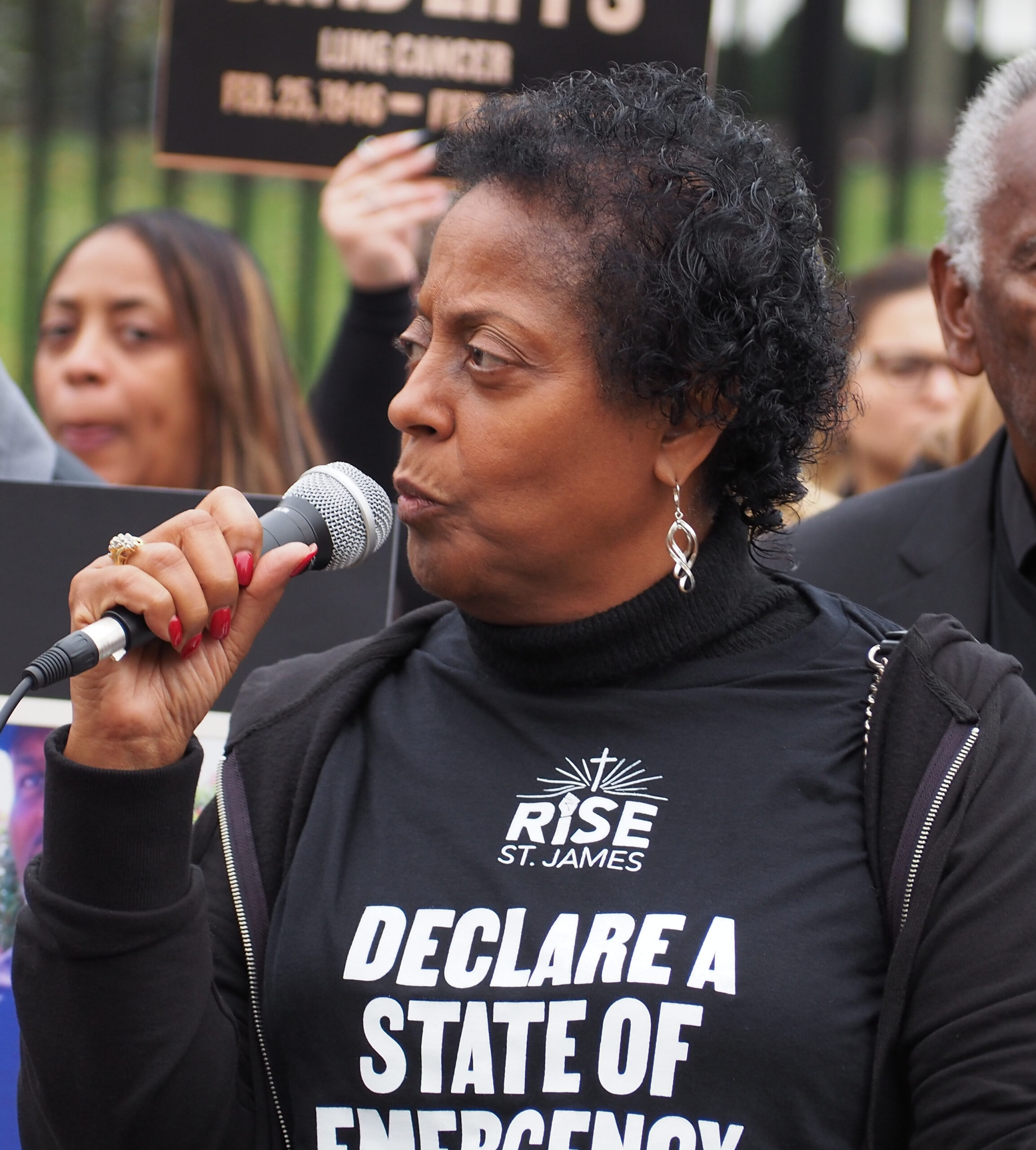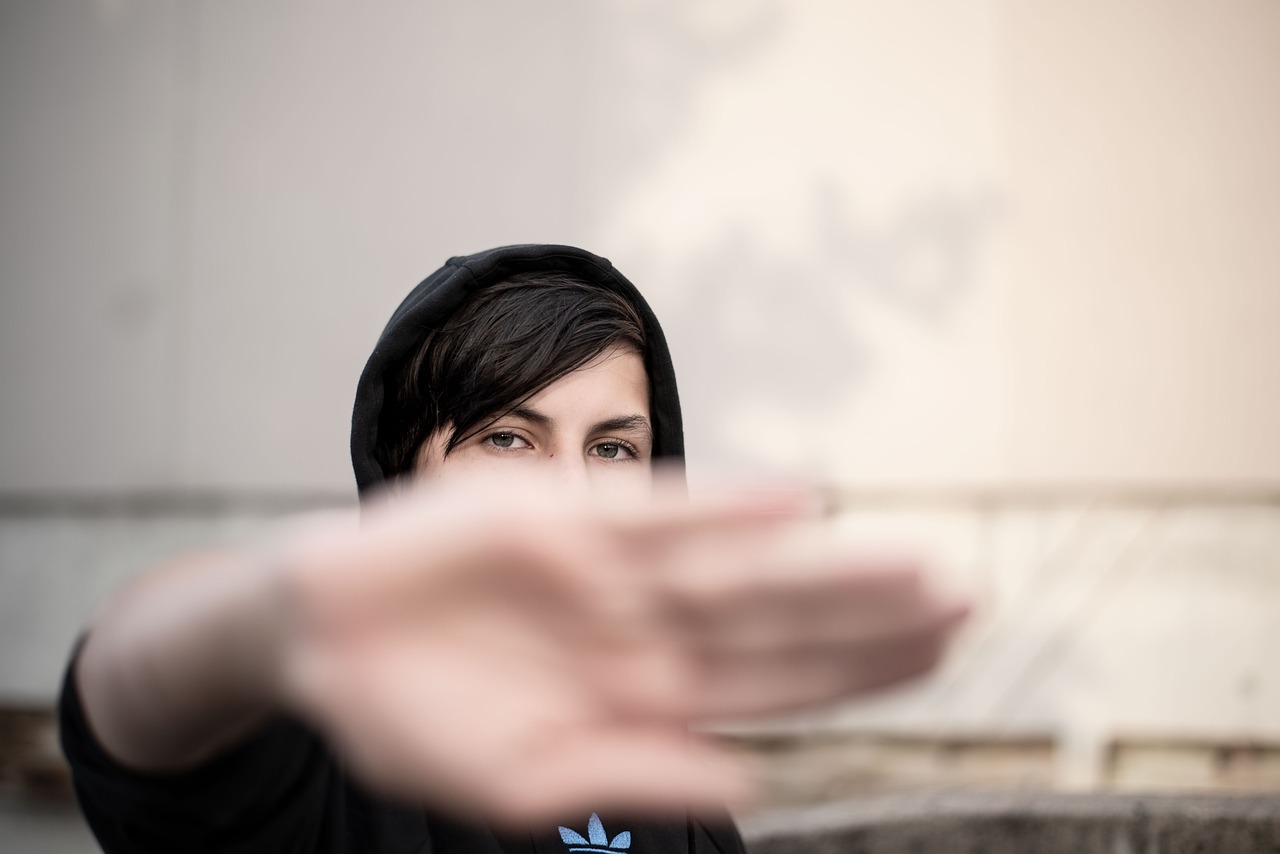 Columbus Day is a holiday that aims to celebrate the 1492 arrival of Christopher Columbus, a Spanish explorer, in many nations within the Americas. Within the U.S., the holiday was first celebrated in 1792 in New York to commemorate the 300th anniversary of Columbus’s arrival, but it was not until 1971, nearly 500 years after his arrival to the Americas, that Columbus Day would become a federal holiday in the U.S. However, since the 1990s, nonobservance of the holiday has increased throughout the U.S., and 26 states do not recognize Columbus Day at all. Places such as South Dakota, New Mexico, Vermont, and D.C. have opted instead to recognize the holiday as Indigenous Peoples’ Day. The shift in recognition of the holiday has stemmed from calls from indigenous groups across America, many of whom believe that the holiday celebrates the beginning of a disturbing history between indigenous populations and European colonizers.
Columbus Day is a holiday that aims to celebrate the 1492 arrival of Christopher Columbus, a Spanish explorer, in many nations within the Americas. Within the U.S., the holiday was first celebrated in 1792 in New York to commemorate the 300th anniversary of Columbus’s arrival, but it was not until 1971, nearly 500 years after his arrival to the Americas, that Columbus Day would become a federal holiday in the U.S. However, since the 1990s, nonobservance of the holiday has increased throughout the U.S., and 26 states do not recognize Columbus Day at all. Places such as South Dakota, New Mexico, Vermont, and D.C. have opted instead to recognize the holiday as Indigenous Peoples’ Day. The shift in recognition of the holiday has stemmed from calls from indigenous groups across America, many of whom believe that the holiday celebrates the beginning of a disturbing history between indigenous populations and European colonizers.
After Christopher Columbus’s arrival in what is now the Bahamas, the Spanish utilized his discovery to expand into much of the Americas. Motivated by a desire to find riches, establish Spain as a global superpower, and spread the Catholic religion, the Spanish stumbled upon various indigenous American peoples during their colonization of the Americas. To continue furthering their goals in the Americas despite conflict with the indigenous people who had lived in America for millennia, the Spanish monarchy and papacy conceptualized our modern idea of race, a socially constructed category of people based on real or perceived physical differences. This new social category was used by Spanish colonizers to justify discrimination, or unfair or differential treatment of individuals and groups based on race and ethnicity, toward indigenous Americans, treating them as inferior. 
Based on the idea of race the Spanish had constructed, indigenous Americans were subject to innumerable acts of oppression, first by Spanish colonizers and later by English colonization, which began on the northeastern coast of North America in the early 17th century. The number of Indigenous Americans experienced a rapid and steady decline in the centuries after European contact, both from the transmission of disease and a deliberate genocide, the systematic killing of one group based on differences in race, ethnicity, religion, or other characteristics. Indigenous Americans experienced several direct population transfers, which is when a dominant group makes a minority population leave a space by force, such as the Trail of Tears. Indigenous people experienced segregation, the separation of groups based on differences such as ethnicity, gender, race, social class, or religion, and were forcibly moved to reservations to allow European Americans to exploit their sacred lands.
In the 19th and 20th centuries, a move toward assimilation, the process in which minority groups lose their distinct cultural characteristics and are absorbed into the dominant group, became the favored method of erasing the culture of indigenous Americans, and to do so, residential schools that tore indigenous children from their families and forced them to adopt European American culture sprung up across the nation. Many indigenous children were also adopted out to white families, even if their families had not consented to having their children removed from them. This was supported by institutional discrimination, the use of social institutions to deny minority group members access to the benefits of society, which allowed indigenous parents to be overlooked for the sake of the adoption of their children by another family.
 After centuries of oppression, discrimination, and a slew of broken treaties, years of indigenous Americans fighting and advocating for their civil rights in the U.S. finally broke some ice in the latter half of the 20th century through the passing of laws, such as the 1968 Indian Civil Rights Act. Despite the win of this legal battle, indigenous Americans are still subject to institutional discrimination and prejudice, a preconceived judgment or opinion of other people and races that leads to preferring one kind of person over another. Indigenous Americans still face several struggles relating to the right to sacred lands, religious freedom, inadequate education, disproportionate and extreme poverty, and the preservation of their cultures and languages. Indigenous culture is often trivialized in manners such as being turned into sports mascots, an example of cultural appropriation, when members of a majority group adopt cultural elements of a minority group in stereotypical, exploitative, or disrespectful ways. Indigenous Americans are stereotyped as predisposed to alcoholism, just one of many stereotypes, generalized opinions and impressions of individuals, groups, or social classes, that indigenous Americans face. Despite this, Indigenous Americans have continued to build organizations dedicated to protecting the rights of their communities and have fought to maintain and build legislation that preserves their people.
After centuries of oppression, discrimination, and a slew of broken treaties, years of indigenous Americans fighting and advocating for their civil rights in the U.S. finally broke some ice in the latter half of the 20th century through the passing of laws, such as the 1968 Indian Civil Rights Act. Despite the win of this legal battle, indigenous Americans are still subject to institutional discrimination and prejudice, a preconceived judgment or opinion of other people and races that leads to preferring one kind of person over another. Indigenous Americans still face several struggles relating to the right to sacred lands, religious freedom, inadequate education, disproportionate and extreme poverty, and the preservation of their cultures and languages. Indigenous culture is often trivialized in manners such as being turned into sports mascots, an example of cultural appropriation, when members of a majority group adopt cultural elements of a minority group in stereotypical, exploitative, or disrespectful ways. Indigenous Americans are stereotyped as predisposed to alcoholism, just one of many stereotypes, generalized opinions and impressions of individuals, groups, or social classes, that indigenous Americans face. Despite this, Indigenous Americans have continued to build organizations dedicated to protecting the rights of their communities and have fought to maintain and build legislation that preserves their people.
In 2021, Joe Biden delivered a proclamation designating that the second Monday of October would be both Columbus Day and Indigenous Peoples’ Day, heartening news for Indigenous people since the first push for a change of the holiday in 1992. Considering all the struggles Indigenous people have and still face within the U.S., both systemic and individual, many Indigenous people believe that the adaptation of his holiday to celebrate the beauty within their culture and the value they bring to the nation is a step in the right direction.
Borlay is a guest blogger at UITAC Publishing. UITAC’s mission is to provide high-quality, affordable, and socially responsible online course materials.
Images used in this blog:
- Photo by PixelPixieStudio is licensed by Pixabay. This image has not been altered.
- Photo by AndPon is licensed by Pixabay. This image has not been altered.
- Photo by Dominique Boulay is licensed by Pexels. This image has not been altered.




